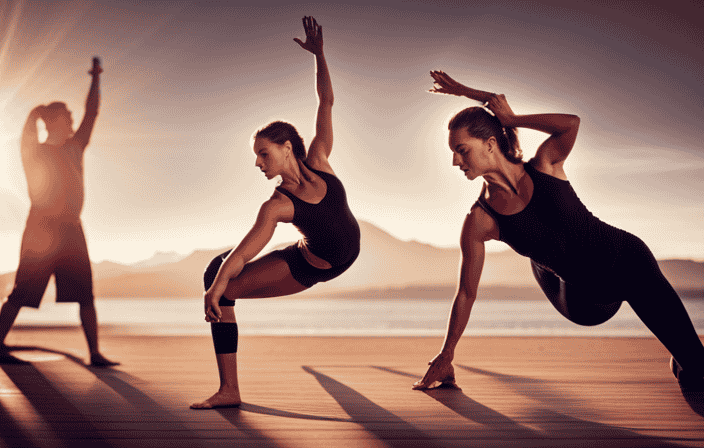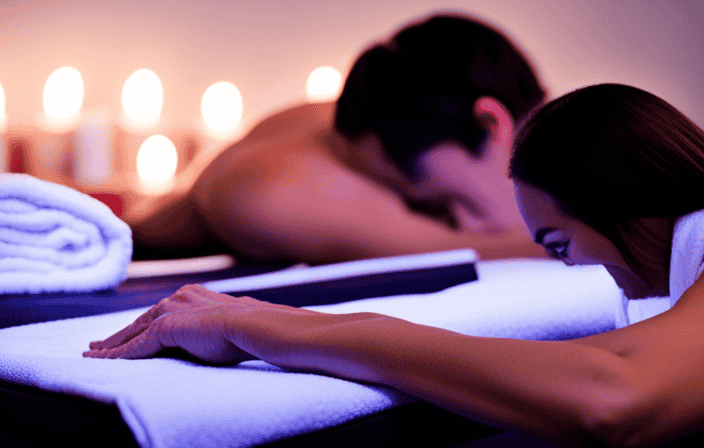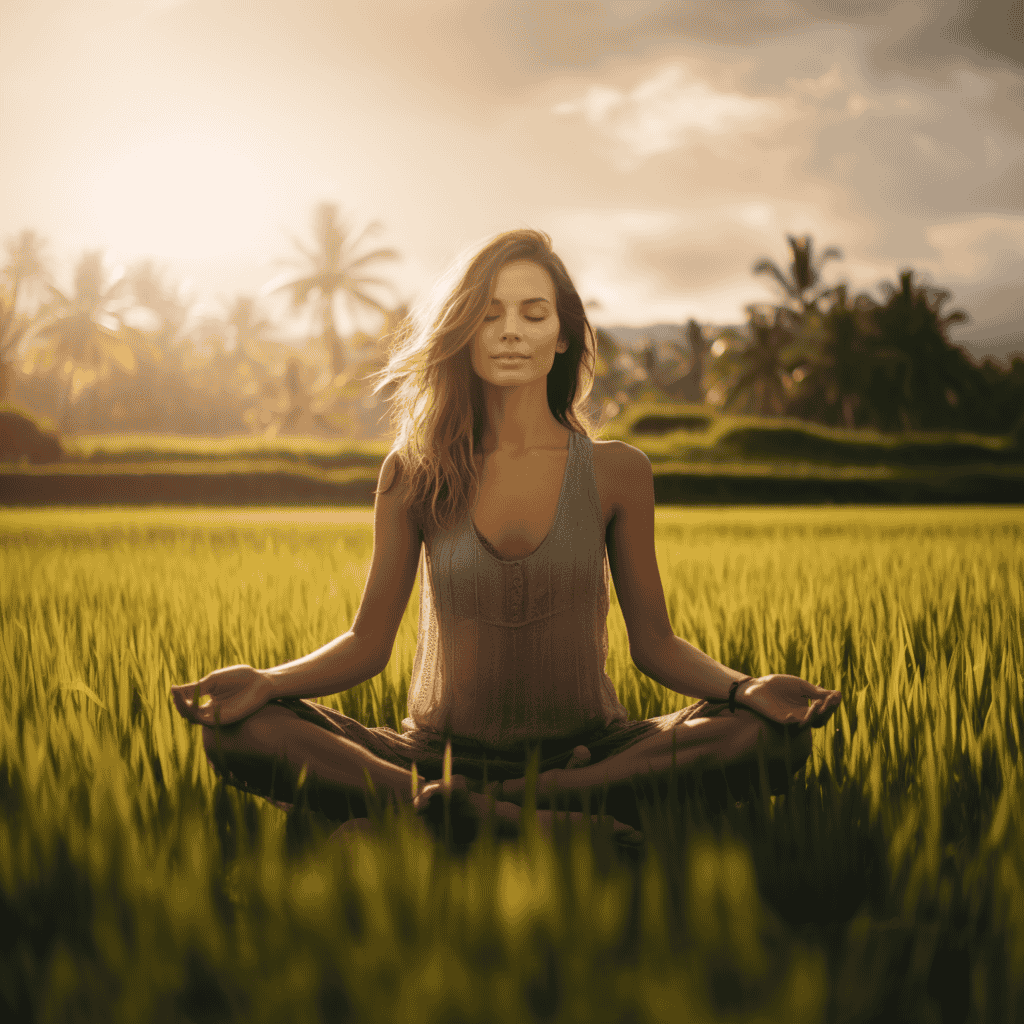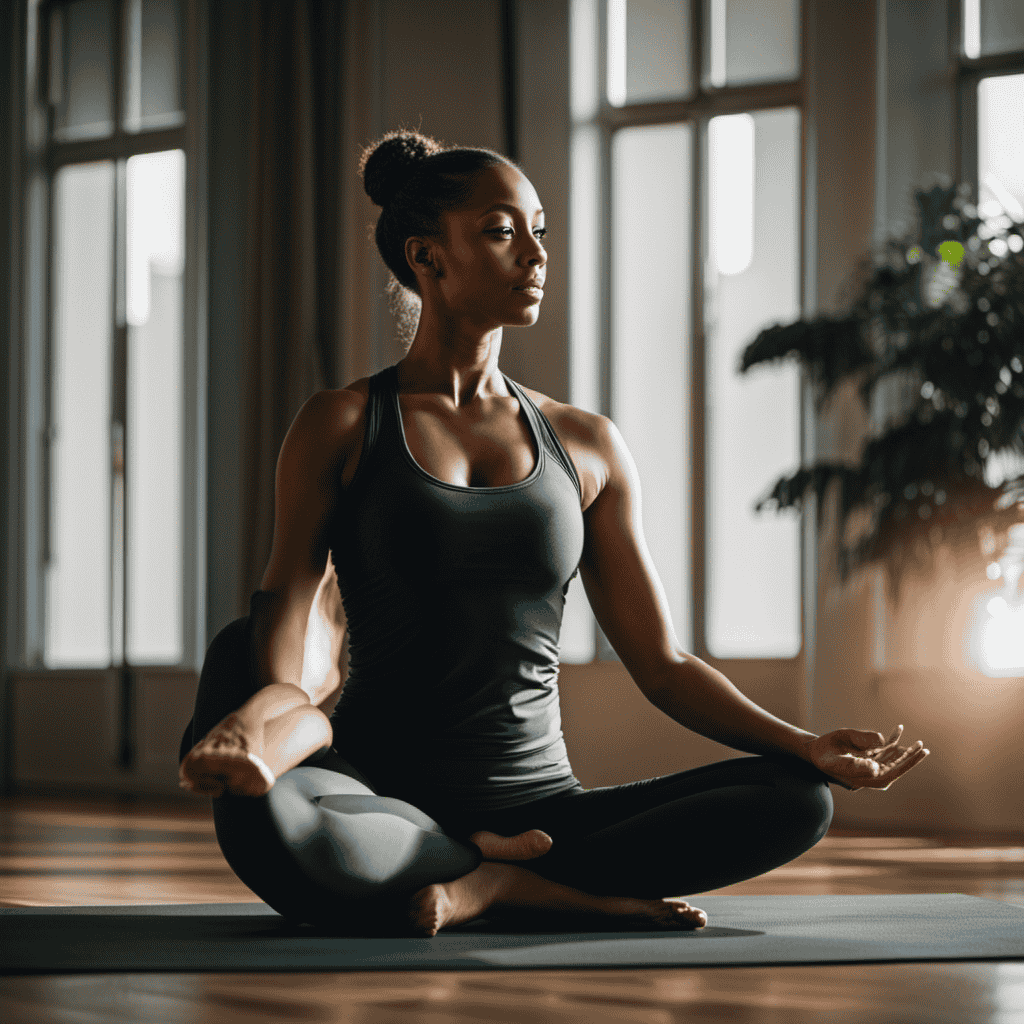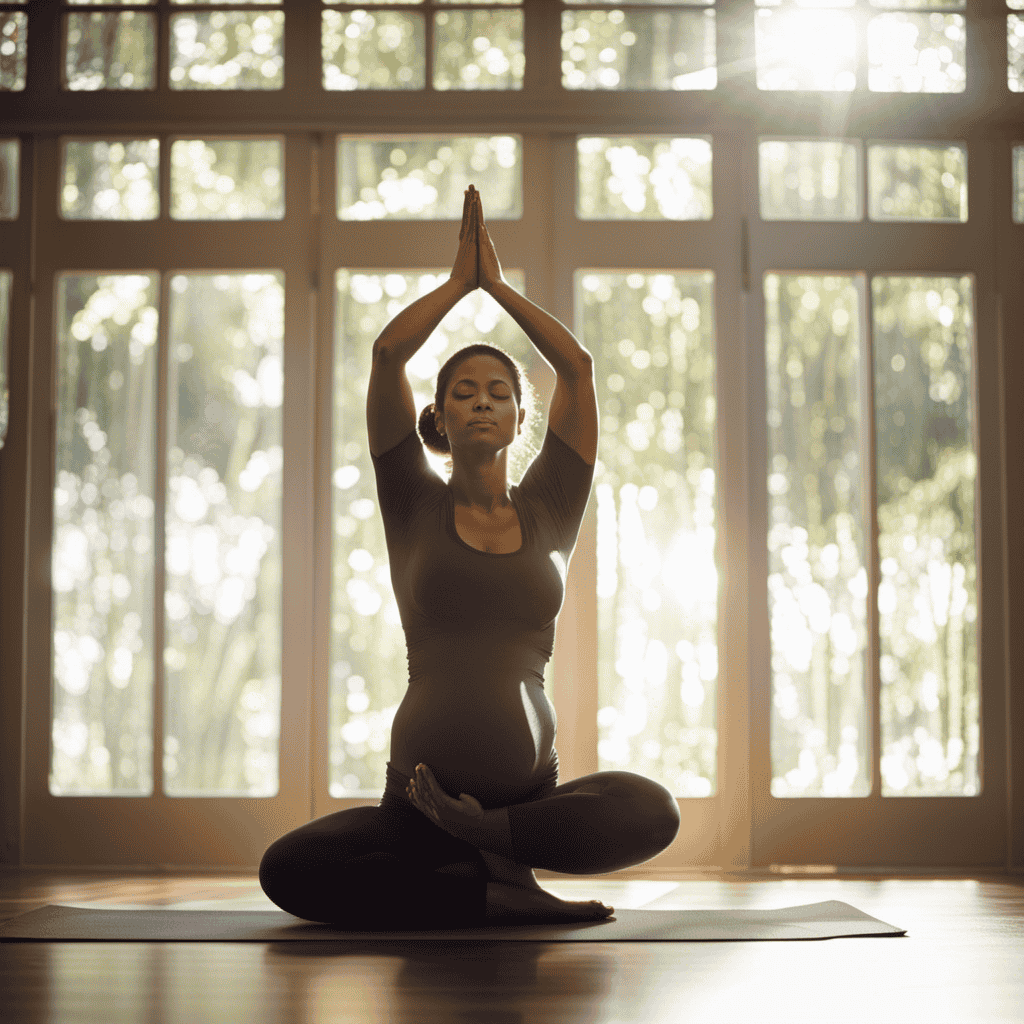Prepare yourself to explore the realm of Hatha yoga postures with our detailed guide for beginners and beyond! This complete guide is designed to lead you on a path of self-exploration and growth.
From understanding the basics of Hatha yoga to exploring the benefits and even practicing with a partner, this guide has it all.
So, get ready to unlock your true potential and experience the physical and mental well-being that Hatha yoga poses can bring.
Let’s begin this incredible journey together!
Key Takeaways
- Hatha Yoga focuses on physical postures and breath control, making it accessible for beginners.
- Regular practice of Hatha Yoga improves flexibility, strength, and overall well-being.
- Hatha Yoga poses such as Mountain Pose, Downward-Facing Dog, and Child’s Pose help improve flexibility, strength, and mindfulness.
- Partner Yoga poses in Hatha Yoga strengthen the bond with a partner, enhance physical and emotional connection, and improve balance and flexibility.
Hatha Yoga Basics
I love practicing Hatha Yoga because it provides a strong foundation in the basics of yoga, including various poses and techniques.
Hatha Yoga focuses on the physical postures (asanas) and breath control (pranayama) to create a balance between the body and mind. It is a gentle and accessible form of yoga, making it perfect for beginners and beyond.
Hatha Yoga poses are designed to improve flexibility, strength, and overall well-being. Some popular poses include Mountain Pose (Tadasana), Downward-Facing Dog (Adho Mukha Svanasana), and Child’s Pose (Balasana).
Hatha Yoga also emphasizes the importance of proper alignment and mindfulness during the practice.
By practicing Hatha Yoga regularly, you can improve your physical fitness, reduce stress, and enhance your overall sense of well-being.
Benefits of Hatha Yoga
Practicing Hatha Yoga regularly can lead to improved flexibility, increased strength, reduced stress levels, enhanced mental clarity, and a greater sense of overall well-being.
Hatha Yoga poses are designed to stretch and strengthen the body, improving flexibility and promoting better range of motion. As you hold each pose, you engage and strengthen your muscles, leading to increased strength and stability.
The deep breathing and focus required in Hatha Yoga help to calm the mind and reduce stress levels. This practice also enhances mental clarity, as it requires concentration and mindfulness.
Additionally, Hatha Yoga promotes a sense of overall well-being by balancing the body, mind, and spirit. By connecting with your breath and body, you can experience a greater sense of peace and harmony within yourself.
Yoga Poses for Connection
By incorporating partner yoga poses into your practice, you can deepen your connection with your partner and enhance your overall sense of togetherness. Partner yoga involves performing various poses and stretches with the assistance of a partner, allowing you to experience a deeper level of trust, communication, and intimacy. These poses not only provide physical benefits such as improved balance and flexibility but also foster emotional and mental connection.
Here is a table showcasing four partner yoga poses that can help strengthen your bond:
| Pose | Description |
|---|---|
| Double Downward Dog | Both partners start in a downward dog position, with one partner placing their feet on the other partner’s lower back for added support and extension. |
| Seated Forward Bend | Sit facing each other with your legs extended. Reach for each other’s hands and gently pull forward, deepening the stretch in your hamstrings and lower back. |
| Partner Tree Pose | Stand side by side and place the inside of your foot against your partner’s foot. Engage your core and extend your arms overhead, finding balance together. |
| Partner Boat Pose | Sit facing each other with your knees bent and feet on the ground. Hold onto each other’s wrists and lift your legs off the ground, creating a V shape with your bodies. |
Incorporating these partner yoga poses into your practice can not only improve your physical well-being but also strengthen the bond with your partner, creating a deeper sense of connection and togetherness.
Frequently Asked Questions
What are some common mistakes to avoid when practicing Hatha Yoga poses?
When practicing Hatha Yoga poses, it is important to avoid common mistakes such as pushing yourself too hard, not focusing on proper alignment, and forgetting to breathe deeply. These mistakes can lead to injury and hinder your progress.
How can I modify Hatha Yoga poses if I have limited flexibility or strength?
If you have limited flexibility or strength, modifying hatha yoga poses is essential. One interesting statistic is that 80% of people who practice modified poses experience increased flexibility and strength over time.
Are there any specific breathing techniques or pranayama exercises associated with Hatha Yoga poses?
Yes, there are specific breathing techniques called pranayama exercises associated with hatha yoga poses. These techniques help to control and deepen the breath, promoting relaxation and focus during the practice.
Can practicing Hatha Yoga poses help with weight loss and toning the body?
Practicing Hatha Yoga poses can be a powerful tool for weight loss and toning the body. The flowing movements and deep stretches engage muscles, increase metabolism, and improve overall strength and flexibility.
Are there any specific precautions or contraindications to be aware of when practicing Hatha Yoga poses?
When practicing hatha yoga poses, it is important to be aware of any specific precautions or contraindications. It is recommended to consult with a qualified yoga instructor or healthcare professional to ensure safe practice.
